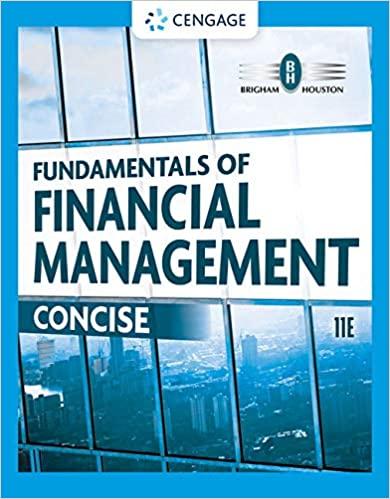Question
51 Yesterday Travis sold 1,000 shares of stock that he owned for $29 per share. Travis purchased the stock one year ago for $28 per
51 Yesterday Travis sold 1,000 shares of stock that he owned for $29 per share. Travis purchased the stock one year ago for $28 per share. During the year, Travis received a quarterly dividend equal to $0.10 per share. What return (yield) did Travis earn during the time he owned the stock?
52 One year ago, Richard purchased 40 shares of common stock for $10 per share. During the year, he received one dividend payment in the amount of $0.50 per share. If the stock currently is worth $9 per share, what yield did Richard earn on his investment for the year?
57 Suppose the yield on a two-year Treasury bond is 5 percent and the yield on a one-year Treasury bond is 4 percent. If the maturity risk premium (MRP) on these bonds is zero (0), what is the expected one-year interest rate during the second year (Year 2)?
59 The interest rate on one-year Treasury bonds is 0.4 percent, the rate on two-year T-bonds is 0.8 percent, and the rate on three-year T-bonds is 1.1 percent. Using the expectations theory, compute the expected one-year interest rates in (a) the second year (Year 2 only) and (b) the third year (Year 3 only).
512 The rate of inflation for the next 12 months (Year 1) is expected to be 1.4 percent; it is expected to be 1.8 percent the following year (Year 2); and it is expected to be 2.0 percent every year after Year 2. Assume the real risk-free rate, r*, is 3 percent for all maturities. What should be the yield to maturity on risk-free bonds that mature in (a) one year, (b) five years, and (c) 10 years.
Step by Step Solution
There are 3 Steps involved in it
Step: 1

Get Instant Access to Expert-Tailored Solutions
See step-by-step solutions with expert insights and AI powered tools for academic success
Step: 2

Step: 3

Ace Your Homework with AI
Get the answers you need in no time with our AI-driven, step-by-step assistance
Get Started


